Georges Irat had already acquired the Majola factory at St Denis when he launched the first car bearing his own name in 1921. Manufactured by Automobiles Georges Irat SA at Chatou, Seine-et-Oise, this was a fast tourer powered by a 2.0-litre, overhead-valve, four-cylinder engine designed by Maurice Gaultier, formerly with Delage. Unusually, Irat manufactured the entire car, bodies excepted, marketing his products as 'La Voiture de l'Elite'. Although on a small scale, production grew steadily throughout the early 1920s, peaking at around 200 cars annually, and then in 1928 Irat launched a 3.0-litre six-cylinder model based on the existing four. The availability of large, American-built engines was exploited by various French manufacturers at around this time, Irat included, who opted to build cars powered by Lycoming straight-eights at a new factory a Neuilly. At the same time Irat acquired the Chaigneau-Brasier company, marketing its 1,086cc light car under his son's name as the 'Michel Irat'. The early 1930s was a difficult time for motor manufacturers everywhere, and disappointing sales of its eight-cylinder models and the light car brought Georges Irat to the point of collapse. Rescued by engine maker Godefroy et Léveque, which wanted an outlet for its 'Ruby' power units, Irat introduced a small sports car powered by one of its products. Rated at 6CV, the new two-seater boasted a 1,078cc water-cooled four-cylinder Ruby engine driving the front wheels. Sporting in appearance, the 6CV roadster proved popular and sold in relatively large numbers, by Georges Irat's standards, some 1,500-or-so finding customers between 1935 and 1939. A larger version powered by the 1.9-litre Citroën 11CV engine was added to the range in 1938, some 200 of which were made. Georges Irat developed and displayed a handful of prototypes after WW2 but to all intents and purposes the company's days as a motor manufacturer were over. Said to be the last to leave the factory before its closure at the start of WW2, this 6CV roadster was bought by the current vendor in the mid-1980s, having been cosmetically and mechanically restored in the 1970s while in the hands of the previous owner. All gears in the four-speed gearbox have been remanufactured and the car is presented today in a very good overall condition, starting and driving well. A rare opportunity to acquire one of these attractive pre-war French roadsters. Georges Irat avait déjà racheté la marque Majola de Saint-Denis en 1921 quand il lança la première voiture portant son nom la même année. Construite par la société Automobiles Georges Irat S.A. installée à Chatou (Seine-et-Oise), il s'agissait d'un type de tourisme performant propulsé par un quatre-cylindres de deux litres à soupapes en tête conçu par Maurice Gaultier, ancien ingénieur chez Delage. G. Irat construisait et assemblait l'ensemble du châssis roulant et faisait carrosser les voitures à l'extérieur. La deux -litres était vendue sous le slogan « La Voiture de l'Elite ». Cette production très limitée en volume augmenta régulièrement au début des années 1920 pour culminer à environ de 200 voitures par an. En 1928, Irat lança une trois-litres six cylindres dérivée de la deux-litres. La faculté de disposer de gros moteurs américains à des prix bas incita alors divers constructeurs français à les utiliser à l'instar de G. Irat qui produisit des voitures équipées de moteurs Lycoming à huit cylindres en ligne dans sa nouvelle usine de Neuilly. À la même époque, Irat racheta la marque Chaigneau-Brasier et commercialisa la voiture légère de 1 086 cm3 sous le nom de son fils, Michel Irat. Le début des années 1930 fut une période difficile pour tous les constructeurs et l'échec de la huit-cylindres comme la faiblesse des ventes de la Michel Irat mirent G. Irat en difficultés. Soutenu par les Ets Godefroy et Lévêque, fournisseurs de moteurs, qui souhaitaient trouver un débouché pour leurs groupes « Ruby », G. Irat introduisit une petite voiture de
Georges Irat had already acquired the Majola factory at St Denis when he launched the first car bearing his own name in 1921. Manufactured by Automobiles Georges Irat SA at Chatou, Seine-et-Oise, this was a fast tourer powered by a 2.0-litre, overhead-valve, four-cylinder engine designed by Maurice Gaultier, formerly with Delage. Unusually, Irat manufactured the entire car, bodies excepted, marketing his products as 'La Voiture de l'Elite'. Although on a small scale, production grew steadily throughout the early 1920s, peaking at around 200 cars annually, and then in 1928 Irat launched a 3.0-litre six-cylinder model based on the existing four. The availability of large, American-built engines was exploited by various French manufacturers at around this time, Irat included, who opted to build cars powered by Lycoming straight-eights at a new factory a Neuilly. At the same time Irat acquired the Chaigneau-Brasier company, marketing its 1,086cc light car under his son's name as the 'Michel Irat'. The early 1930s was a difficult time for motor manufacturers everywhere, and disappointing sales of its eight-cylinder models and the light car brought Georges Irat to the point of collapse. Rescued by engine maker Godefroy et Léveque, which wanted an outlet for its 'Ruby' power units, Irat introduced a small sports car powered by one of its products. Rated at 6CV, the new two-seater boasted a 1,078cc water-cooled four-cylinder Ruby engine driving the front wheels. Sporting in appearance, the 6CV roadster proved popular and sold in relatively large numbers, by Georges Irat's standards, some 1,500-or-so finding customers between 1935 and 1939. A larger version powered by the 1.9-litre Citroën 11CV engine was added to the range in 1938, some 200 of which were made. Georges Irat developed and displayed a handful of prototypes after WW2 but to all intents and purposes the company's days as a motor manufacturer were over. Said to be the last to leave the factory before its closure at the start of WW2, this 6CV roadster was bought by the current vendor in the mid-1980s, having been cosmetically and mechanically restored in the 1970s while in the hands of the previous owner. All gears in the four-speed gearbox have been remanufactured and the car is presented today in a very good overall condition, starting and driving well. A rare opportunity to acquire one of these attractive pre-war French roadsters. Georges Irat avait déjà racheté la marque Majola de Saint-Denis en 1921 quand il lança la première voiture portant son nom la même année. Construite par la société Automobiles Georges Irat S.A. installée à Chatou (Seine-et-Oise), il s'agissait d'un type de tourisme performant propulsé par un quatre-cylindres de deux litres à soupapes en tête conçu par Maurice Gaultier, ancien ingénieur chez Delage. G. Irat construisait et assemblait l'ensemble du châssis roulant et faisait carrosser les voitures à l'extérieur. La deux -litres était vendue sous le slogan « La Voiture de l'Elite ». Cette production très limitée en volume augmenta régulièrement au début des années 1920 pour culminer à environ de 200 voitures par an. En 1928, Irat lança une trois-litres six cylindres dérivée de la deux-litres. La faculté de disposer de gros moteurs américains à des prix bas incita alors divers constructeurs français à les utiliser à l'instar de G. Irat qui produisit des voitures équipées de moteurs Lycoming à huit cylindres en ligne dans sa nouvelle usine de Neuilly. À la même époque, Irat racheta la marque Chaigneau-Brasier et commercialisa la voiture légère de 1 086 cm3 sous le nom de son fils, Michel Irat. Le début des années 1930 fut une période difficile pour tous les constructeurs et l'échec de la huit-cylindres comme la faiblesse des ventes de la Michel Irat mirent G. Irat en difficultés. Soutenu par les Ets Godefroy et Lévêque, fournisseurs de moteurs, qui souhaitaient trouver un débouché pour leurs groupes « Ruby », G. Irat introduisit une petite voiture de
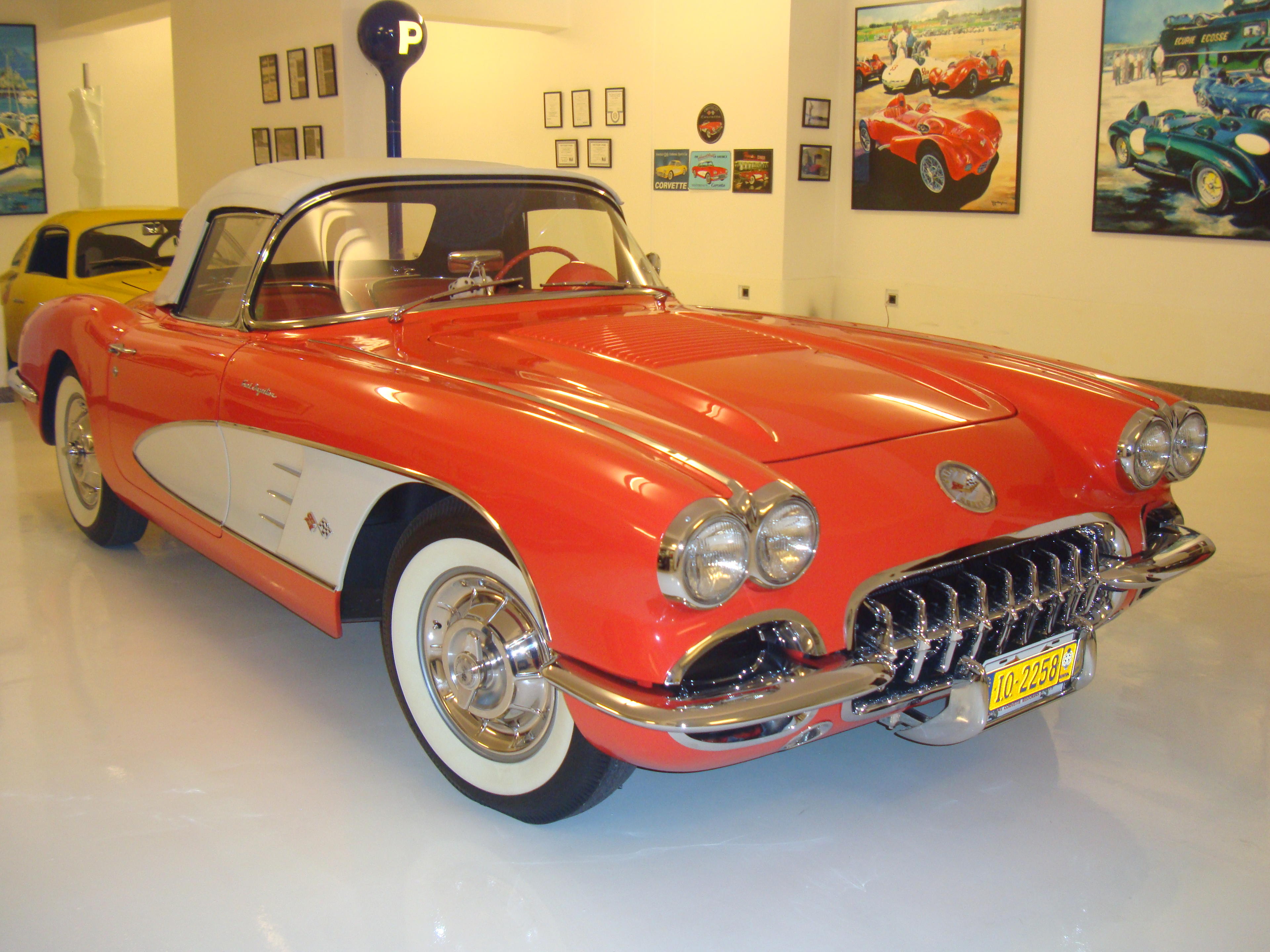
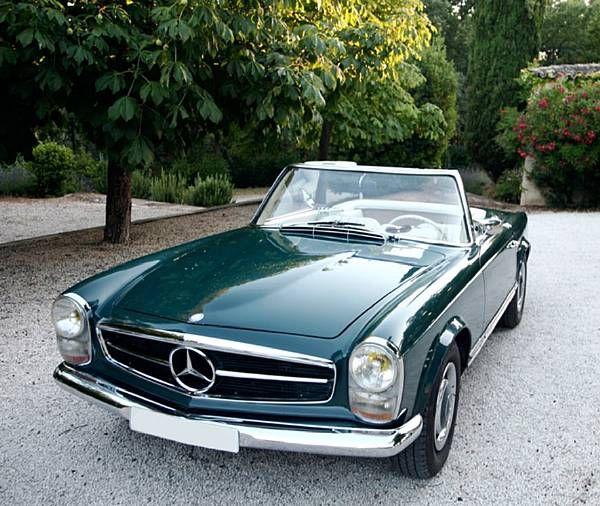
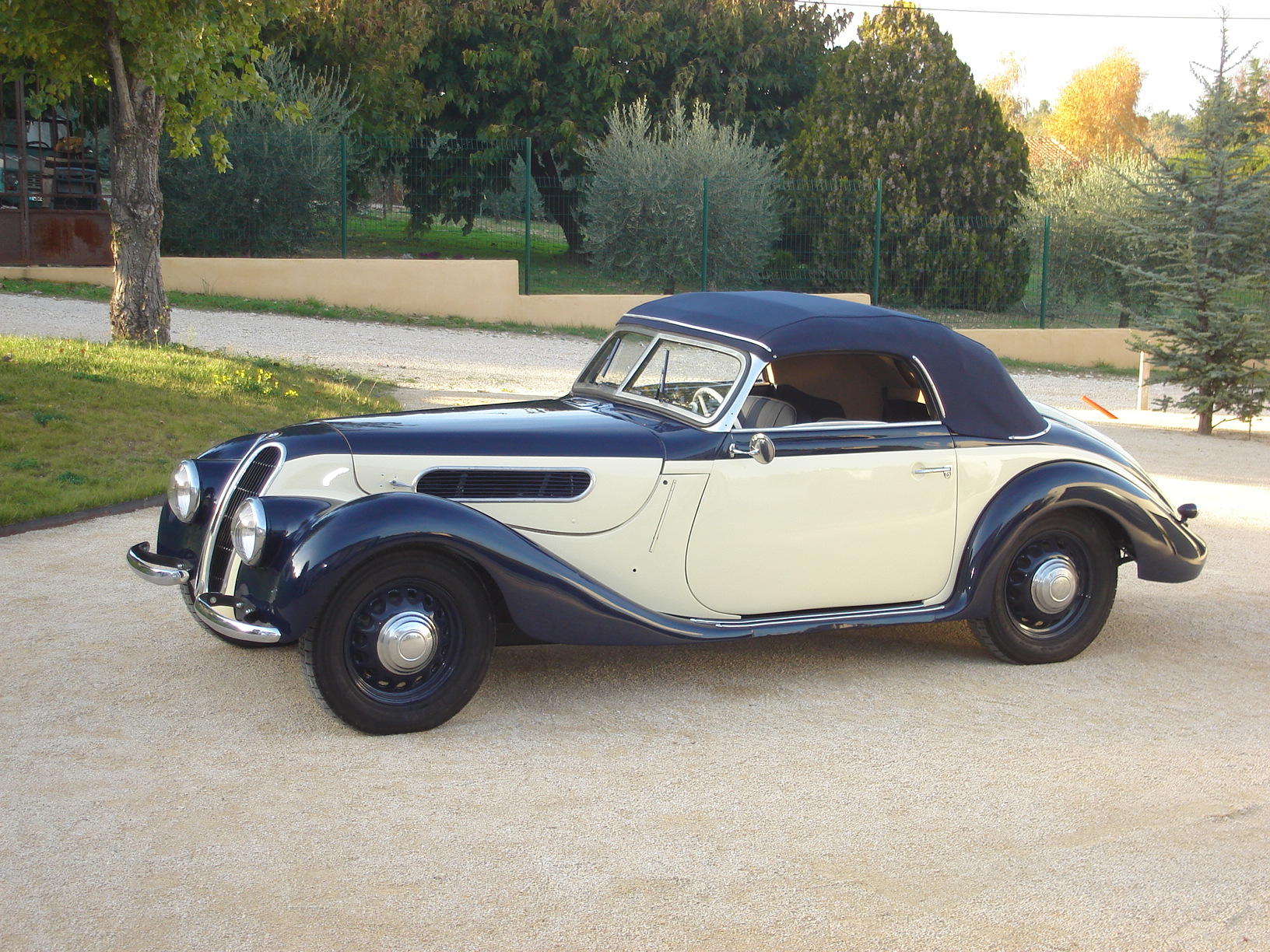
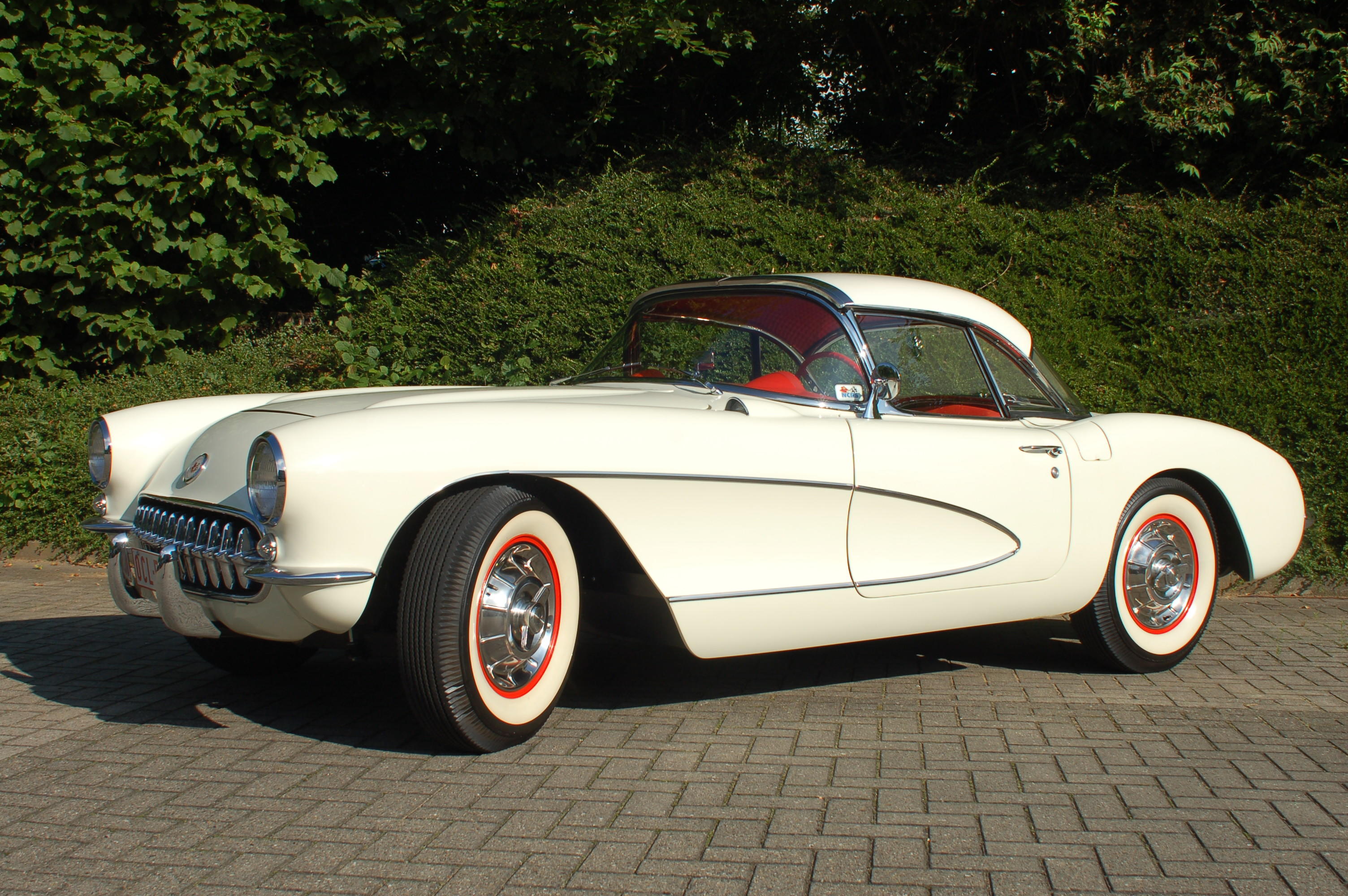
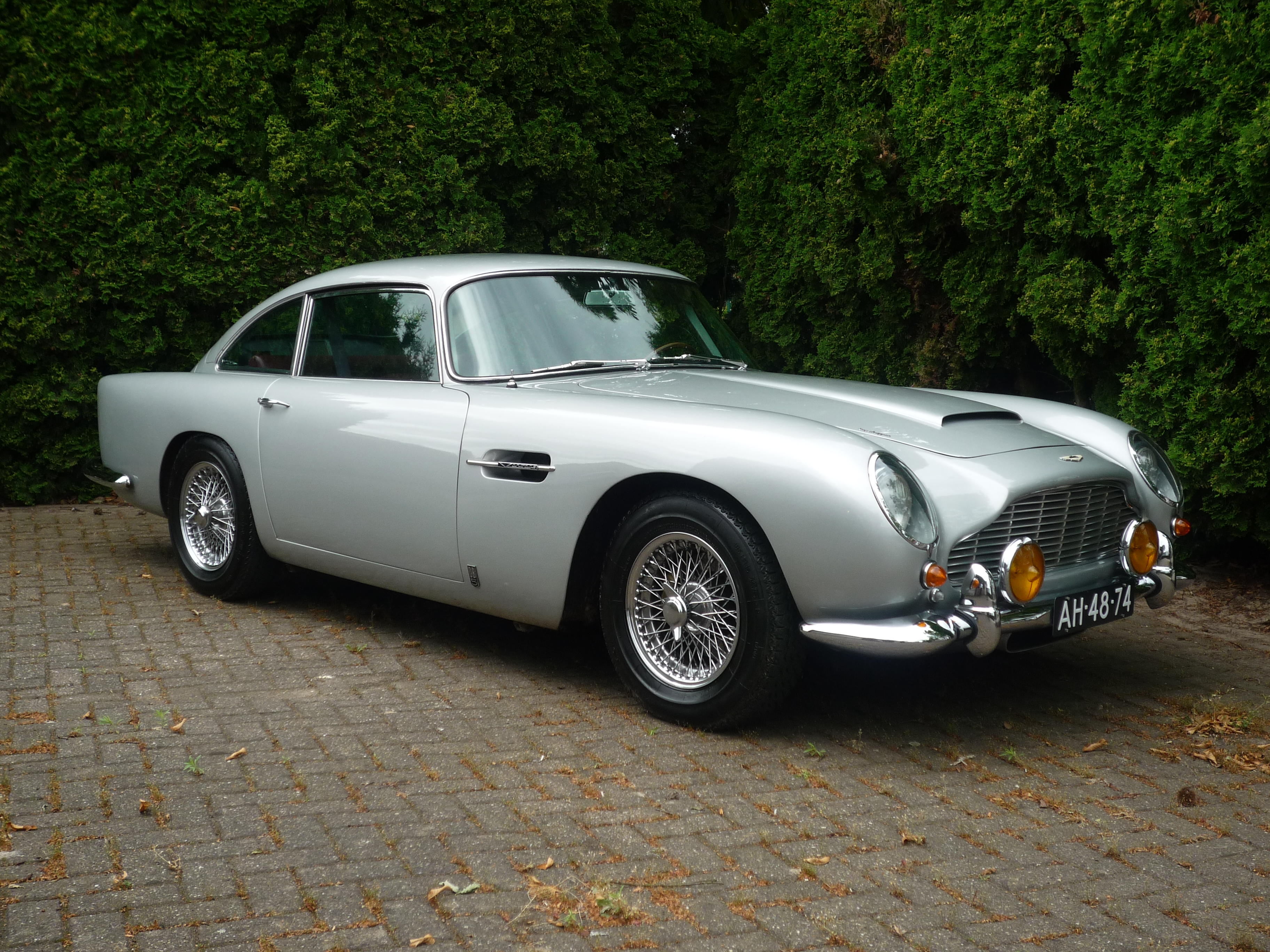
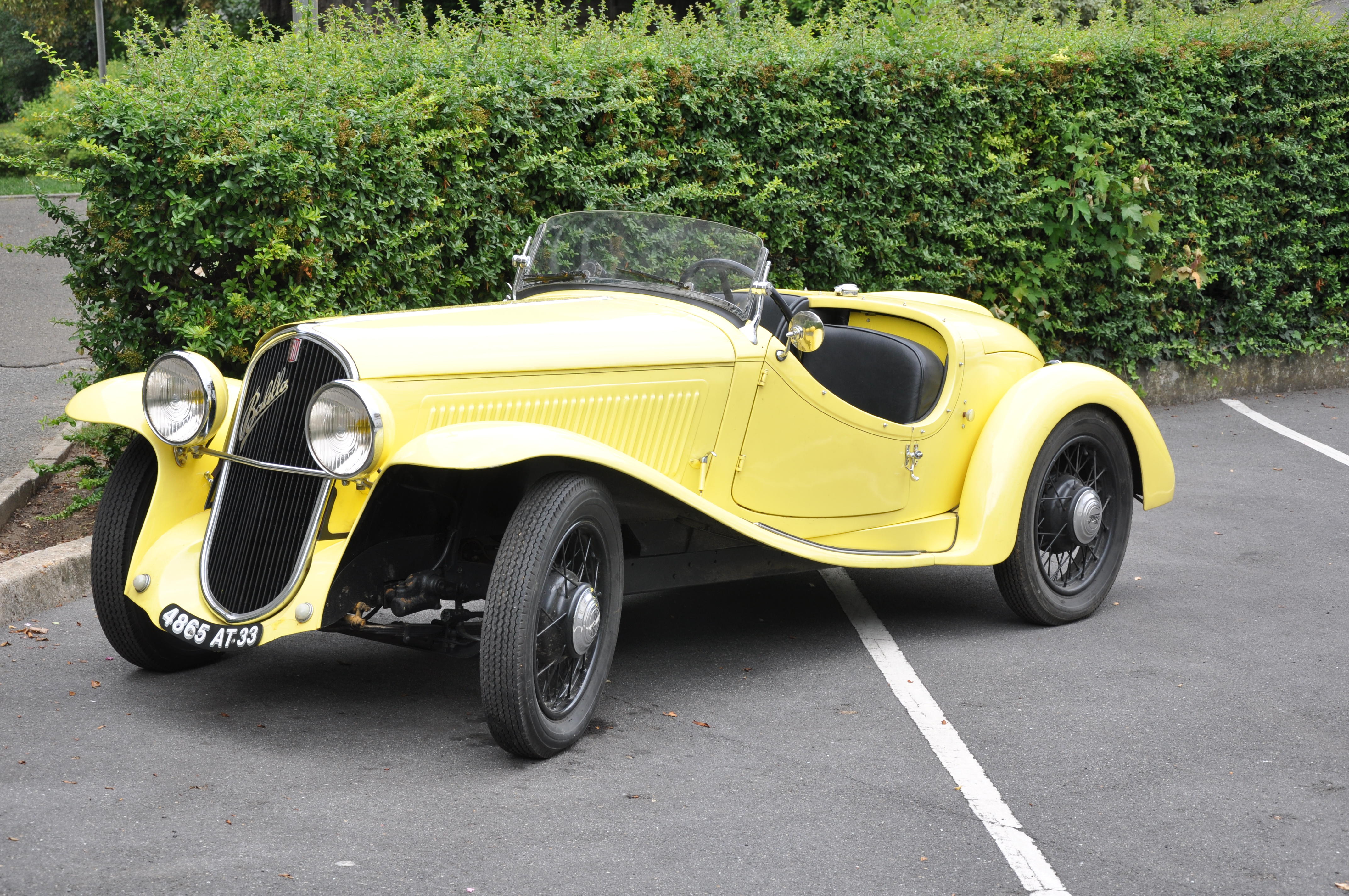
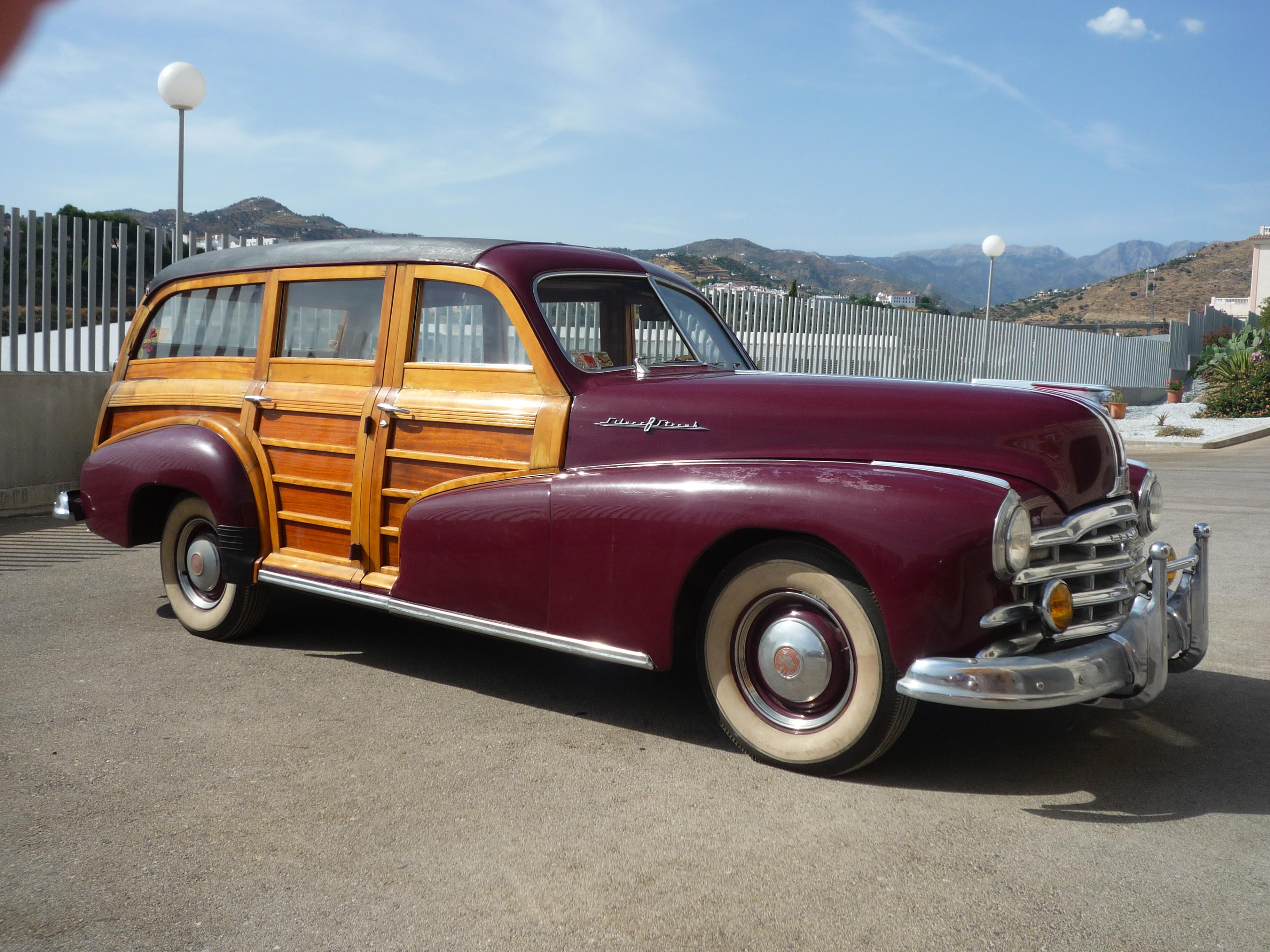

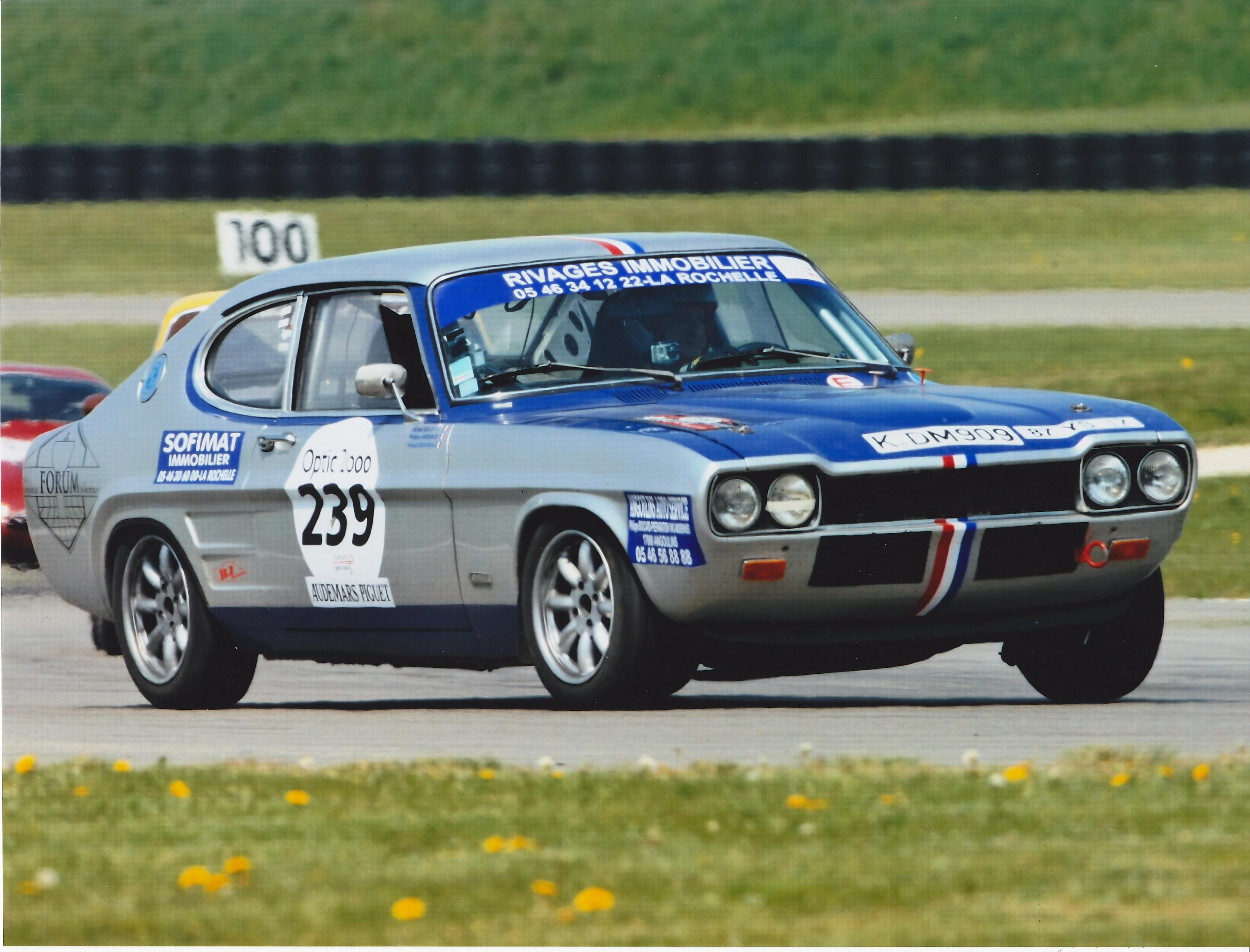
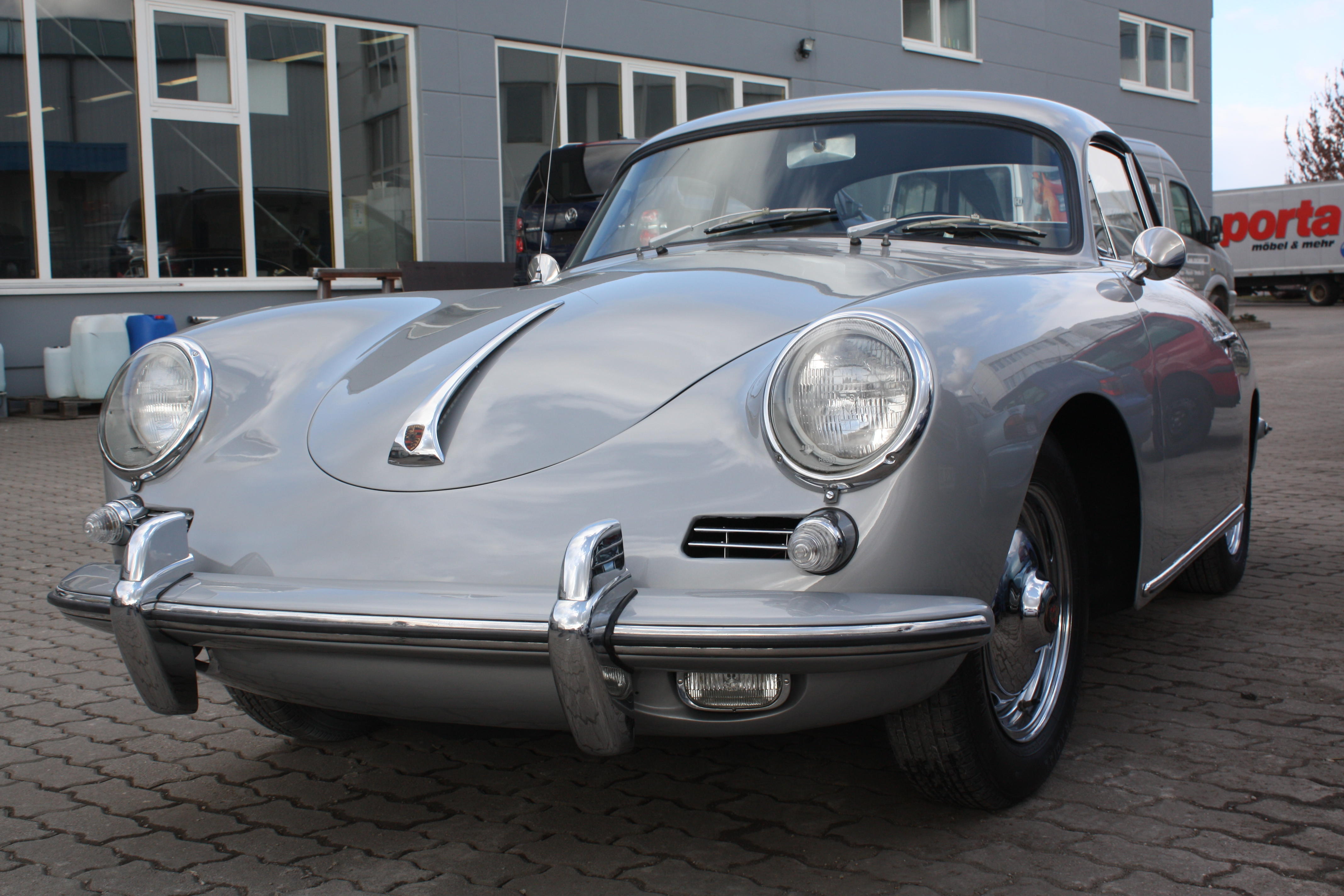
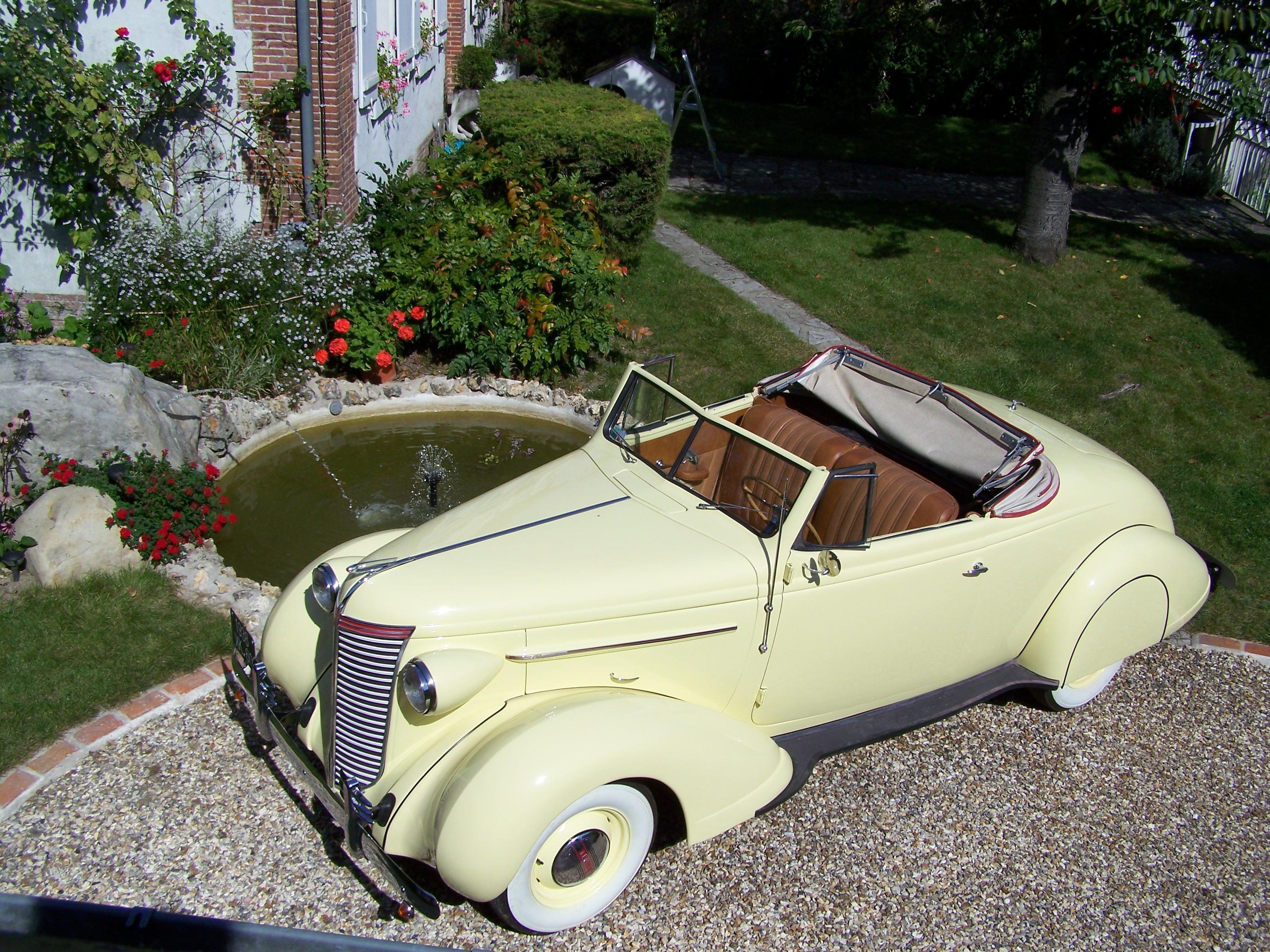
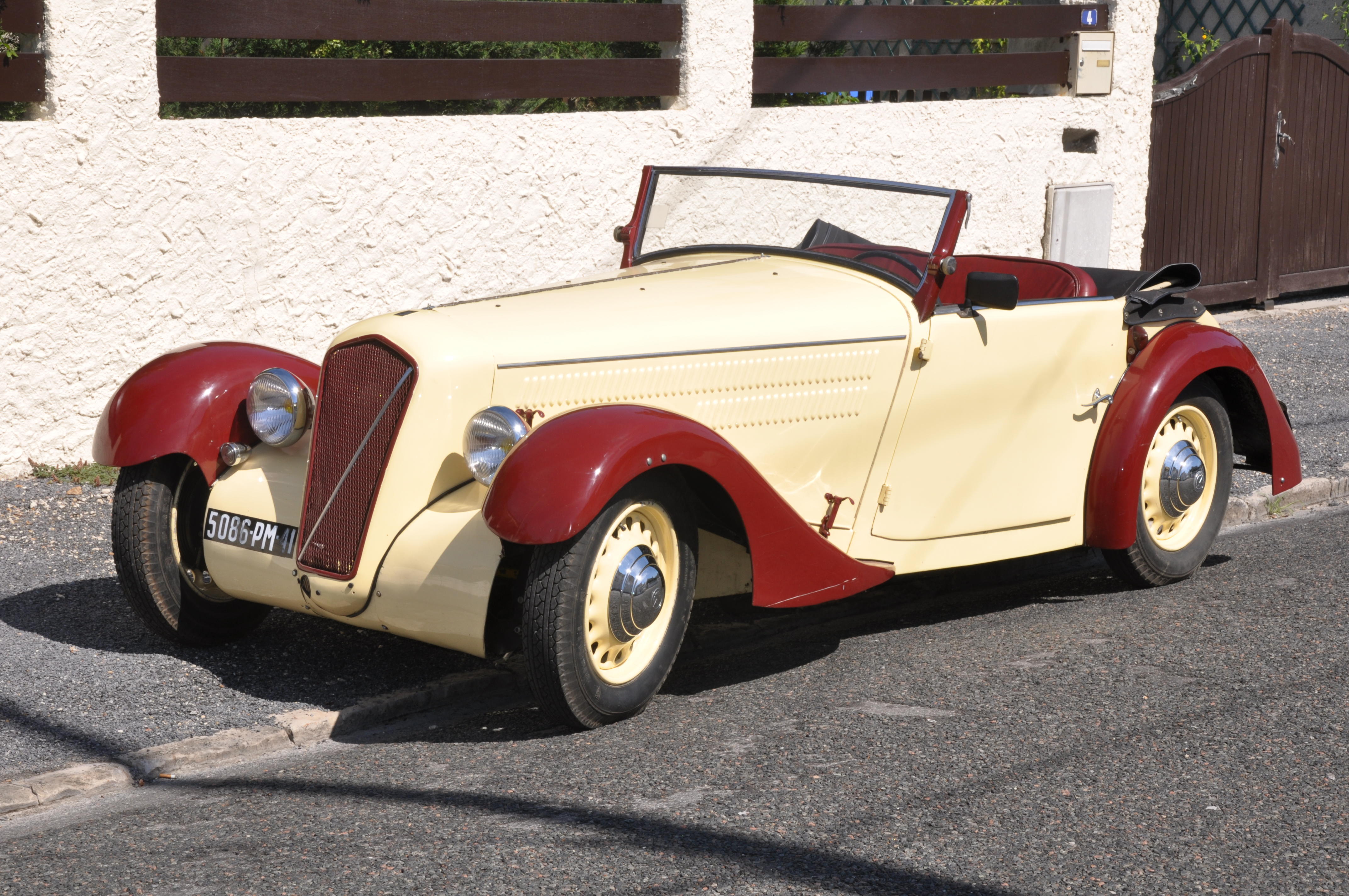
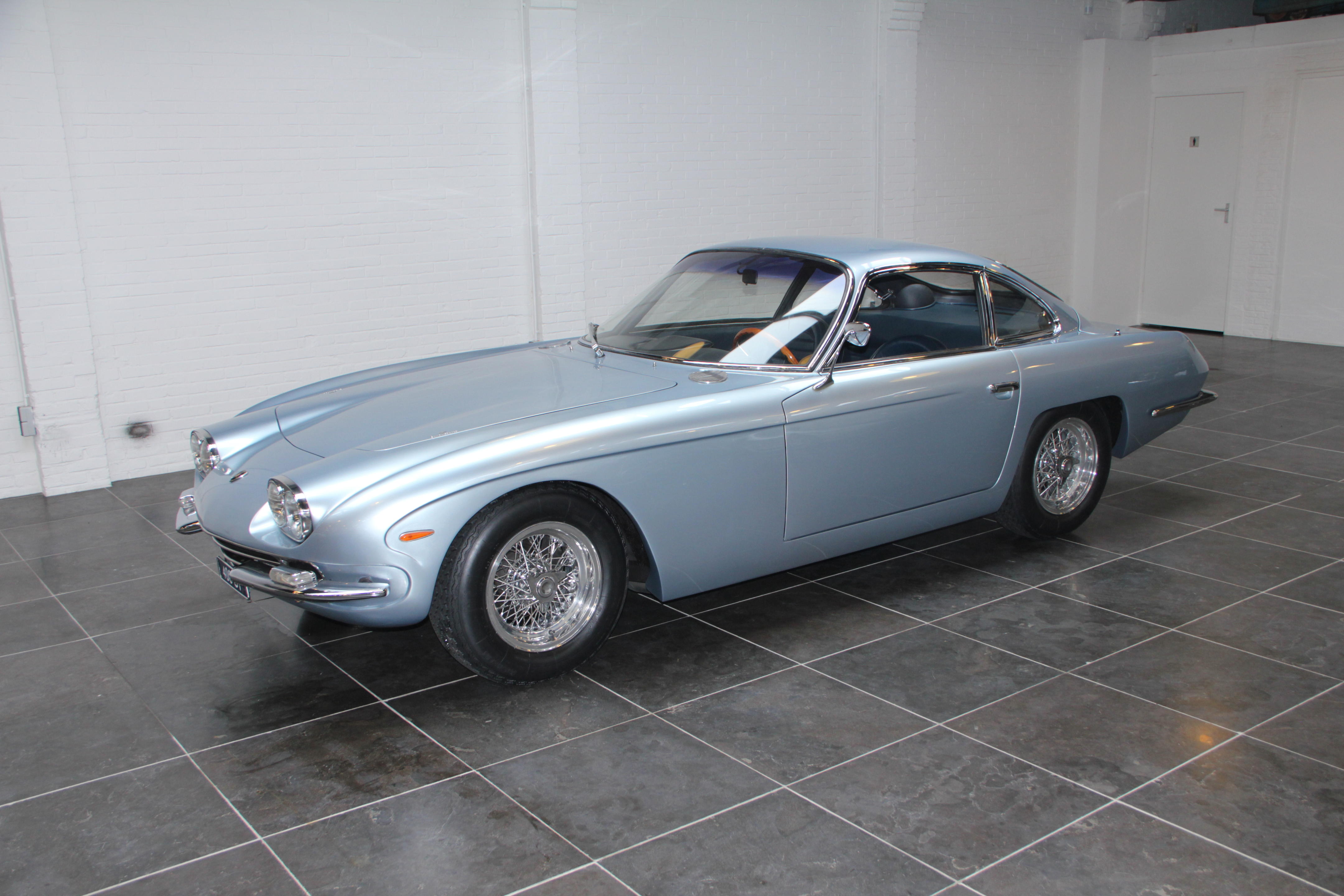
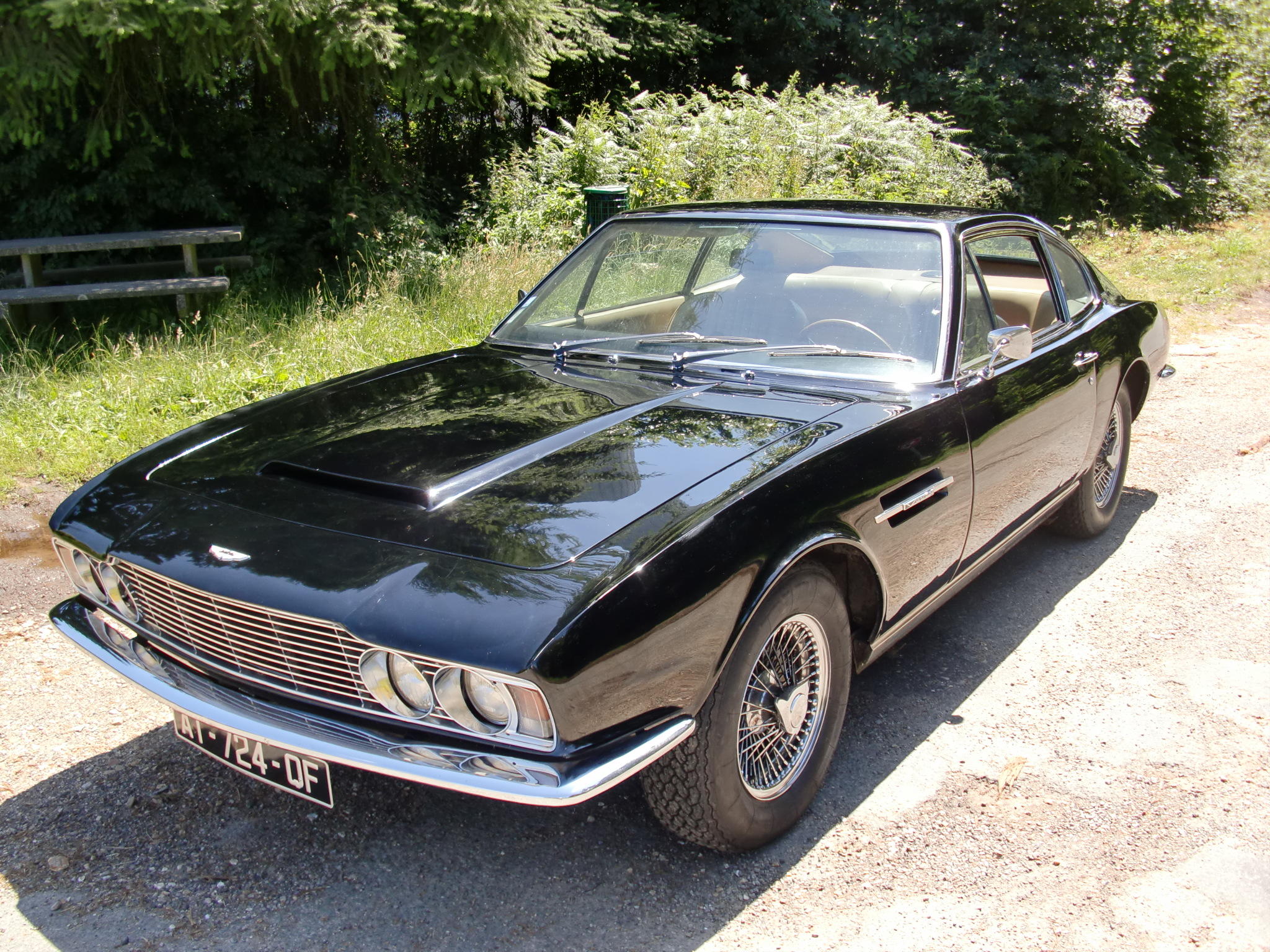

Try LotSearch and its premium features for 7 days - without any costs!
Be notified automatically about new items in upcoming auctions.
Create an alert